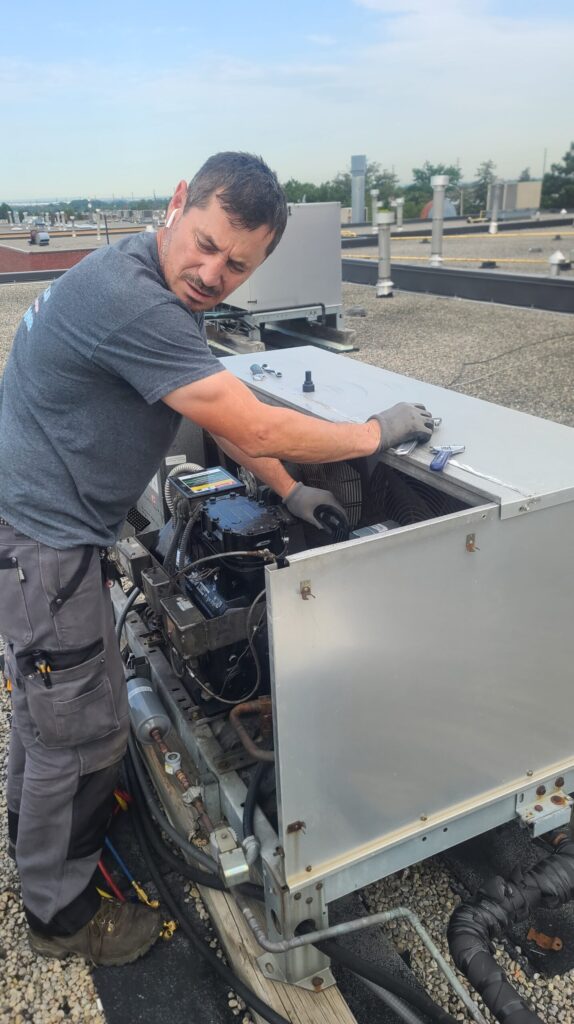
When nothing can thaw, and stock must remain frozen solid, walk-in freezers stand as silent sentinels of enterprise. Whether in grocery store backrooms, seafood markets, or pharmaceutical cold chains, walk-in freezer repair is a critical service alive with urgency. Without fully functional freezers, food businesses stand to lose inventory that can exceed tens of thousands—by the hour.
Walk-in units differ from smaller refrigeration systems in both scale and complexity. These chambers demand thicker insulation, heavy-duty refrigeration circuits, and redundant alarms. A crack in the wall, a failing heater, or even a misaligned door can spell disaster. Technicians trained in this domain know to track defrost heater amperage, monitor pan drain integrity, and test door ramp action.
Yet freezers don’t fail in isolation. Issues such as suction line frost, evaporator freeze-ups, or defrost control malfunctions often reveal deeper systemic problems. Expertise in commercial refrigeration repair in North York ensures technicians consider which methods—hot gas defrost, electric defrost—serve the system best and help protect against repeated downtime.
Before repairs start, diagnosing root causes is essential. Experienced technicians use pressure probes, superheat readings, and refrigerant scales to identify leaks or load imbalances. They may tap into smart temperature data, evaluating stability over multiple hours—a crucial step before confirming repair success.
These repairs rely on robust refrigeration parts supply logistics. Freezers need rugged evaporator coils, high-capacity compressors, pressure switches, and certified refrigerant. Leading providers partner with refrigeration equipment suppliers to stock such components or deliver them within hours of a service call.
On‑site efficiency also relies on owning refrigeration tools in North York. Technicians need nitrogen pumps, vacuum pumps, leak detectors, digital tools, and infra-red cameras to verify repairs quickly and efficiently—since downtime costs can leap into thousands in spoiled inventory.
Beyond emergency pattern restorations, long-term relationships with service providers pay dividends. Regular inspections, load curve verifications, defrost heater replacement, and seal inspections bolster failure-free operation. Technicians can also advise on resilience strategies—such as emergency backup generators, aquatic heat tracing, or secondary temperature sensors—to add layers of reliability.
This depth of support transforms a walk-in freezer from a risk zone into a reliable asset. Businesses gain confidence in their supply buffer, regulators see systems aligned with code, and managers continue operations without the cold fear of meltdown.
In conclusion, comprehensive walk-in freezer repair, when combined with proactive commercial refrigeration services, creates a robust defense against downtime and product loss. It’s more than fixing faulty parts—it’s about preserving trust, margins, and cold‑chain continuity.

